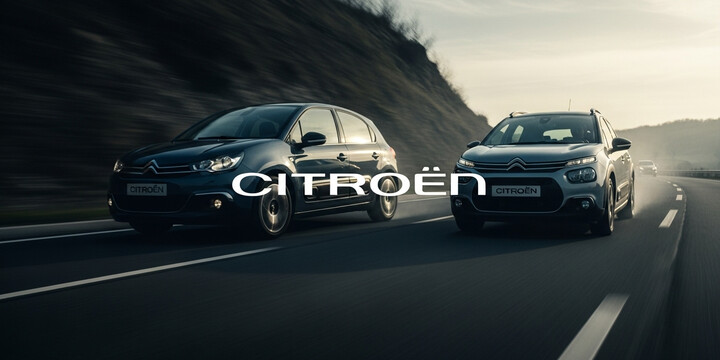
CITROEN E-C3 (2024-)
The CITROEN E-C3 (2024-) is a compact and stylish city car designed to suit urban lifestyles and daily commuting needs. As a hatchback, it offers practicality and ease of parking, making it a popular choice for first-time drivers, city dwellers, and small families looking for an affordable and efficient vehicle. The E-C3 stands out with its fresh design, comfortable ride, and user-friendly features, making it a reliable option for everyday driving.
What makes the CITROEN E-C3 particularly notable is its balanced combination of economy, comfort, and modern styling. This model is often used for short to medium journeys, with an average recorded mileage around 34,832 miles, indicating its suitability for regular use without the wear and tear associated with longer commutes. Its competitive average private sale value of approximately £15,148 and the minimal number of previous owners suggest it's a dependable choice, especially for those seeking an economical and hassle-free vehicle in the UK market. When considering rivals in its class, the CITROEN E-C3 (2024-) is well-regarded for its unique design, comfort, and practicality, making it a strong contender for drivers looking for an affordable and stylish city car.

average use
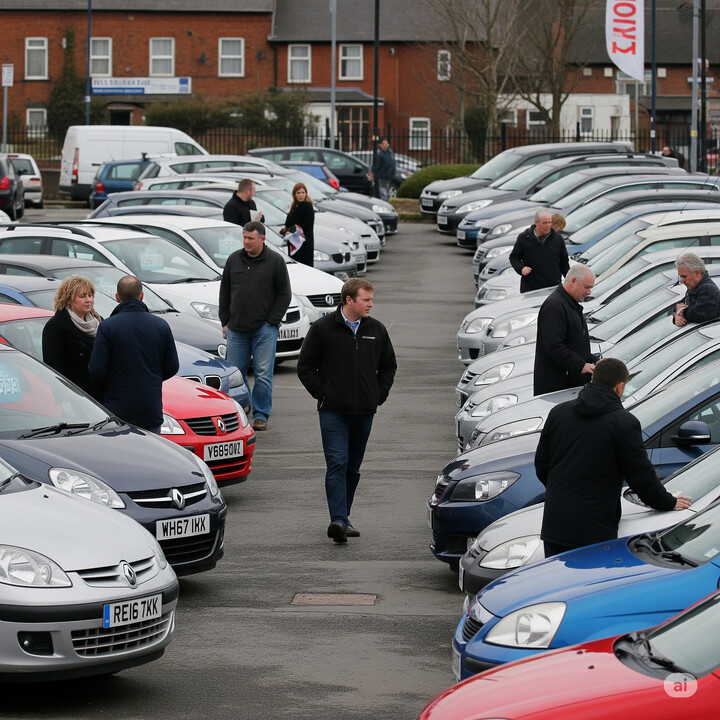
The latest recorded mileage data for the Citroen E-C3 (2024-) indicates that the majority of these vehicles, approximately 86.7%, have driven between 0 to 10,000 miles. A smaller proportion, around 13.3%, have mileage between 30,000 to 40,000 miles. Notably, there are no recorded vehicles with mileage figures between 10,000 and 30,000 miles, suggesting limited data for that range or a potential trend toward recent low-mileage usage. Overall, most vehicles appear to be relatively new or lightly used.

vehicle values
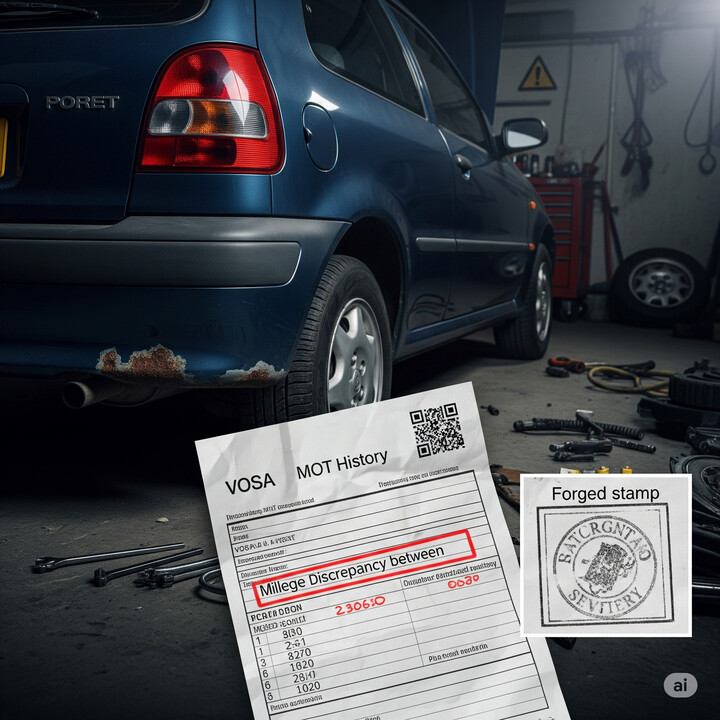
The data on private sale prices for the Citroën E-C3 (2024-) indicates that the majority of vehicles are being sold within the £14,000 to £17,000 range, accounting for approximately 73.4% of sales. Specifically, 40% of vehicles are valued between £14,000 and £15,000, with a significant portion (26.7%) in the £16,000 to £17,000 bracket, and another 26.7% in the £15,000 to £16,000 range. A smaller percentage, 6.7%, are sold in the lower £13,000 to £14,000 range. This distribution suggests that most private sellers are valuing the vehicle within the early part of its expected price spectrum, possibly reflecting consistent demand and market value positioning for this model in the UK.

production years
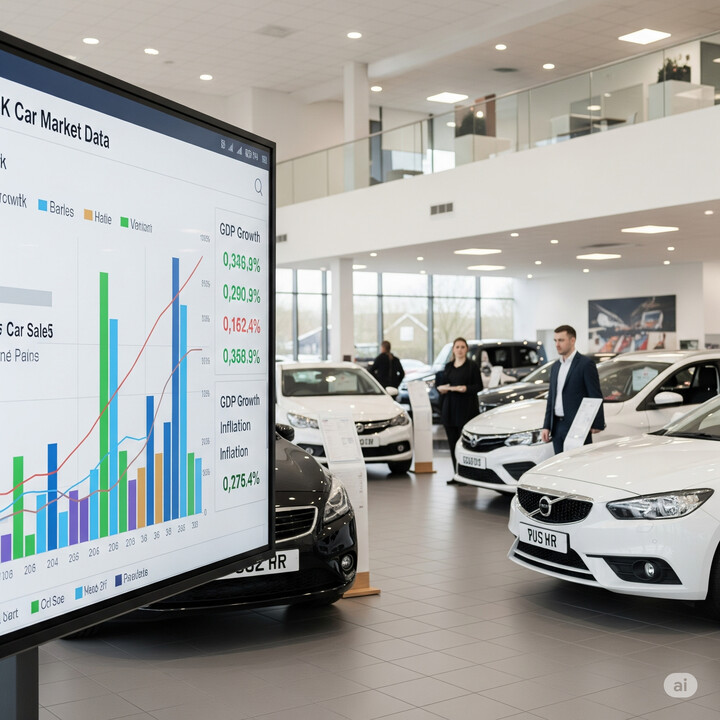
The data indicates that the majority of Citroen E-C3 vehicles currently available are expected to be manufactured in 2025, accounting for approximately 86.7%. A smaller proportion, about 13.3%, are from the 2024 model year. This suggests that the E-C3 is relatively new to the market, with most vehicles being recent or upcoming releases, potentially reflecting ongoing production and high demand for this model.

colour popularity
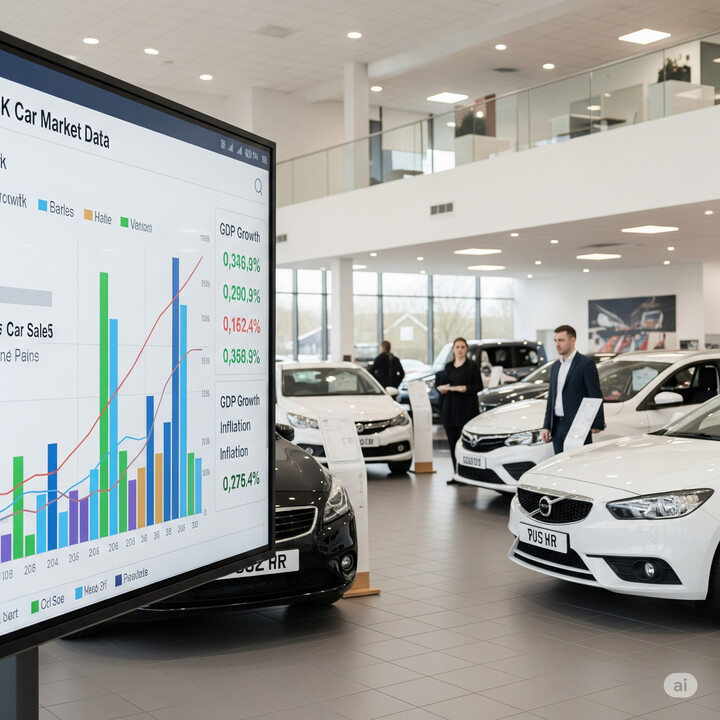
The data indicates that the most popular main paint colour for the Citroën E-C3 (2024-) is Blue, accounting for 46.7% of the vehicles surveyed. Grey and Black are equally common, each representing 13.3%, while Red makes up 20%. White is the least popular, at just 6.7%. Overall, the preference for Blue suggests it is the dominant choice among buyers of this model, with a significant proportion opting for the darker or more neutral tones.

ownership cycle

The data indicates that the vast majority of Citroen E-C3 (2024-) vehicles, approximately 93.3%, have only one registered keeper. A small proportion, around 6.7%, have no registered keepers recorded. This suggests that most of these vehicles tend to be relatively new to their owners or have not undergone multiple ownership changes, which can be a positive indicator of vehicle stability or satisfaction among users.

engine choices

The data indicates that all CITROEN E-C3 models from 2024 onwards are entirely electric, with no available information on engine capacity. This suggests that the vehicle line is exclusively powered by electricity, reflecting a shift towards electric mobility in this model. The absence of multiple fuel types highlights a complete transition to electric propulsion in this range.












